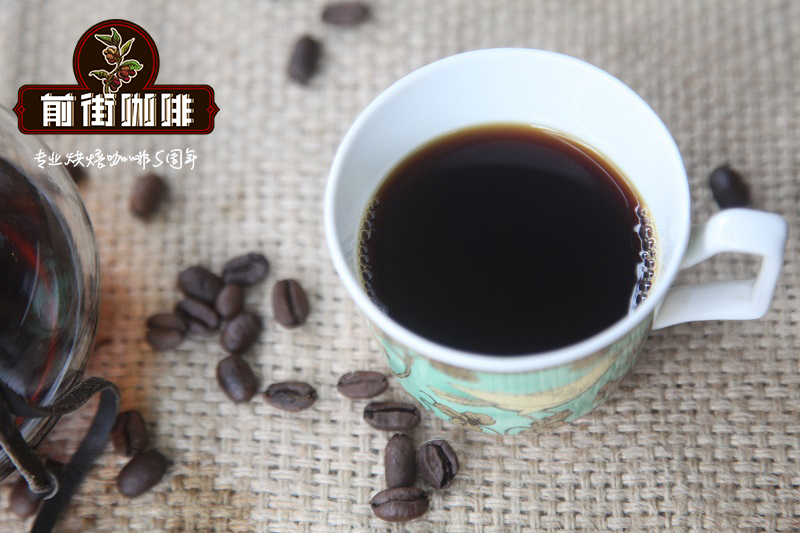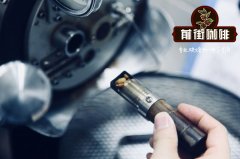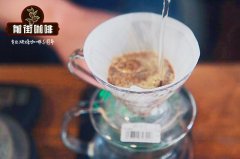Estrella Divina Plan what is the result of the boutique planting plan of the Peruvian Coffee miniature Farm

Selected in a blind cup test competition, this miniature plot stands out among other well-known areas.
The miniature land comes from Finca La Lima, a 1-hectare plantation managed by Edoardo Campos and located in the village of Rumpite, La Coipa district, San Ignacio province, Cahamaka region.
This small plantation is located above 2000m above sea level and grows Katula and bourbon whiskey. Despite its small size, finca has internal benefits, which is a small but well-equipped processing plant. Libya's altitude, diversity and ownership led La Lima to participate in a project called Estrella Divina. The project, launched in 2017, aims to produce the best coffee in the region through continuous training in fermentation and drying processes and quality control support for farmers.
Micro batches are prepared according to the complete washing process. Hand-picked cherries are first soaked in a special water tank. Floats tend to float, and immature drupes are removed immediately. The cherry is then mechanically treated to remove the skin and pulp, and then sent to the fermentor where the yeast and bacteria remove the residual pulp within 24-36 hours. After fermentation, the beans were re-washed with clean water, then dried on an elevated bed and gradually reduced their residual humidity.
In the cup, this coffee is absolutely floral, with aromas of vanilla, grapefruit and plums. It is highly complex, pleasant and exquisite.
Country of origin: Peru
Area: La Coipa- Kahamaka San Ignacio
Farm: Finca La Lima- Educardo Campos
Altitude: 2000m
Variety: bourbon\ Katula
Processing method: fully washed and dried on an elevated bed
Cup test flavor: flower, grapefruit, raspberry, plum
Important Notice :
前街咖啡 FrontStreet Coffee has moved to new addredd:
FrontStreet Coffee Address: 315,Donghua East Road,GuangZhou
Tel:020 38364473
- Prev

Flavor characteristics of Costa Rican coffee beans Cerro St. Louis Micro-processing Plant Micro-La Saaki Coffee
The Delgado brothers-Magali and Alexander- operate the Cerro San Luis microprocessing plant in the province of Alajuela in the western valley of Costa Rica. They are with their families and are third-generation coffee growers. Their miniature factory processes cherries from two farms, Finca La Amada and Finca el Venado. There, the fertile volcanic soil of the West Valley produced
- Next

The difference between Essex plus Chevy Sun-cured Coffee and Water-washed Coffee Flavor characteristics of washed Coffee beans in Hofsa Cooperative
Yirgacheffe is actually part of the Sidamo region of southern Ethiopia, but its exquisite washed coffee is so famous that it has been subdivided into its own micro-area. This steep green zone is both fertile and fertile-most coffees grow above 2000m. At first
Related
- Detailed explanation of Jadeite planting Land in Panamanian Jadeite Manor introduction to the grading system of Jadeite competitive bidding, Red bid, Green bid and Rose Summer
- Story of Coffee planting in Brenka region of Costa Rica Stonehenge Manor anaerobic heavy honey treatment of flavor mouth
- What's on the barrel of Blue Mountain Coffee beans?
- Can American coffee also pull flowers? How to use hot American style to pull out a good-looking pattern?
- Can you make a cold extract with coffee beans? What is the right proportion for cold-extracted coffee formula?
- Indonesian PWN Gold Mandrine Coffee Origin Features Flavor How to Chong? Mandolin coffee is American.
- A brief introduction to the flavor characteristics of Brazilian yellow bourbon coffee beans
- What is the effect of different water quality on the flavor of cold-extracted coffee? What kind of water is best for brewing coffee?
- Why do you think of Rose Summer whenever you mention Panamanian coffee?
- Introduction to the characteristics of authentic blue mountain coffee bean producing areas? What is the CIB Coffee Authority in Jamaica?

